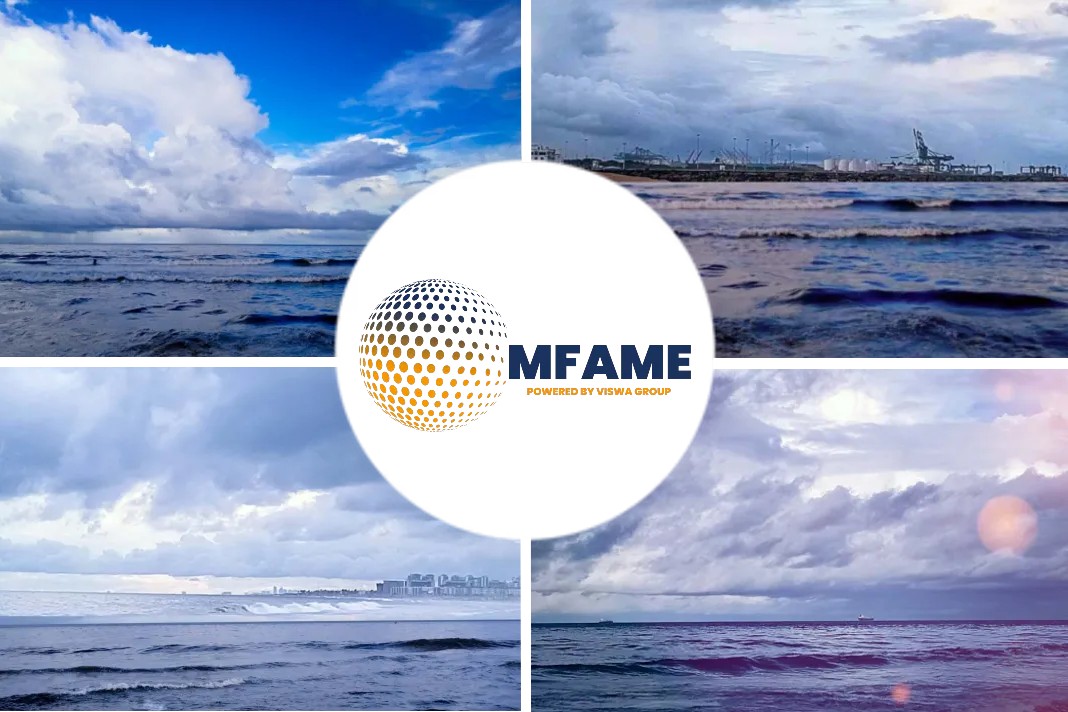The Norwegian Maritime Authority has fined Greek cruise ship operator Global Cruise Lines Ltd. a total of $80,000 for using 0.17 percent sulfur fuel in a 0.10 percent sulfur ECA zone, reports the Maritime Executive.
Backdrop of the Penalty
In March, new Norwegian environmental requirements for emissions in several protected fjords – the Nærøyfjord, Aurlandsfjord, Geirangerfjord, Sunnylvsfjord and Tafjord – entered into force. The fine for Global Cruise Lines is the first issued in connection with the new, stricter rules.
What prompted the fine?
On April 16, the NMA received reports about smoke emissions from the cruise ship Magellan, which was berthed in Flåm. NMA surveyors boarded the ship when she arrived at Geiranger the next day, and they measured the sulfur content of the ship’s fuel to be 0.17 percent, or 0.07 percentage points above the regional limit.
The Magellan (ex name Holiday) is a 1985-built cruise ship flagged in the Bahamas. She operates primarily out of the UK on European and Scandinavian itineraries.
Vessel Exceeded Sulfur Limit?
Tracking of the vessel’s AIS signal showed that the vessel made ports of call at Eidfjord and Flåm in the days preceding the port of call at Geiranger. Both of these ports are located within the North Sea ECA, where the maximum allowable fuel sulfur content is 0.10 percent.
The Extent of Violation
NMA said that the extent of the violation is significant because the Magellan sailed a long distance within the emission control area using a fuel with an excessive sulfur content. As an aggravating factor, Norway’s new rules concerning the world heritage fjords were violated.
Cruise Ship Emissions Monitoring Made Mandatory
The NMA is now making it a priority to monitor cruise ship emissions in Norway’s protected fjords. “We will have an increased presence in the world heritage fjords in the months to come, and our focus will be on making sure that the new environmental requirements are met,” said Alf Tore Sørheim, the head of the NMA’s Department of Operative Supervision. “Our surveyors are equipped with handheld devices that provide an immediate indication of whether the vessel satisfies the requirements or not. Moreover, we have invested in sensors which can be attached to a drone to detect sulphurous exhaust gases.”
Did you subscribe to our daily newsletter?
It’s Free! Click here to Subscribe!
Source: Maritime Executive























